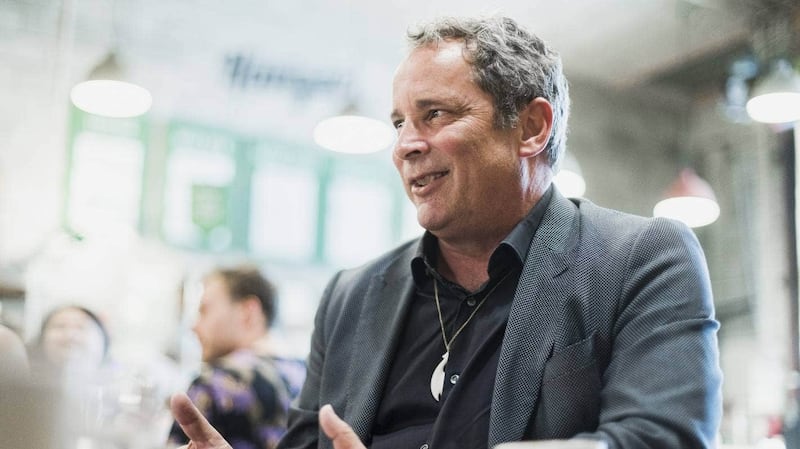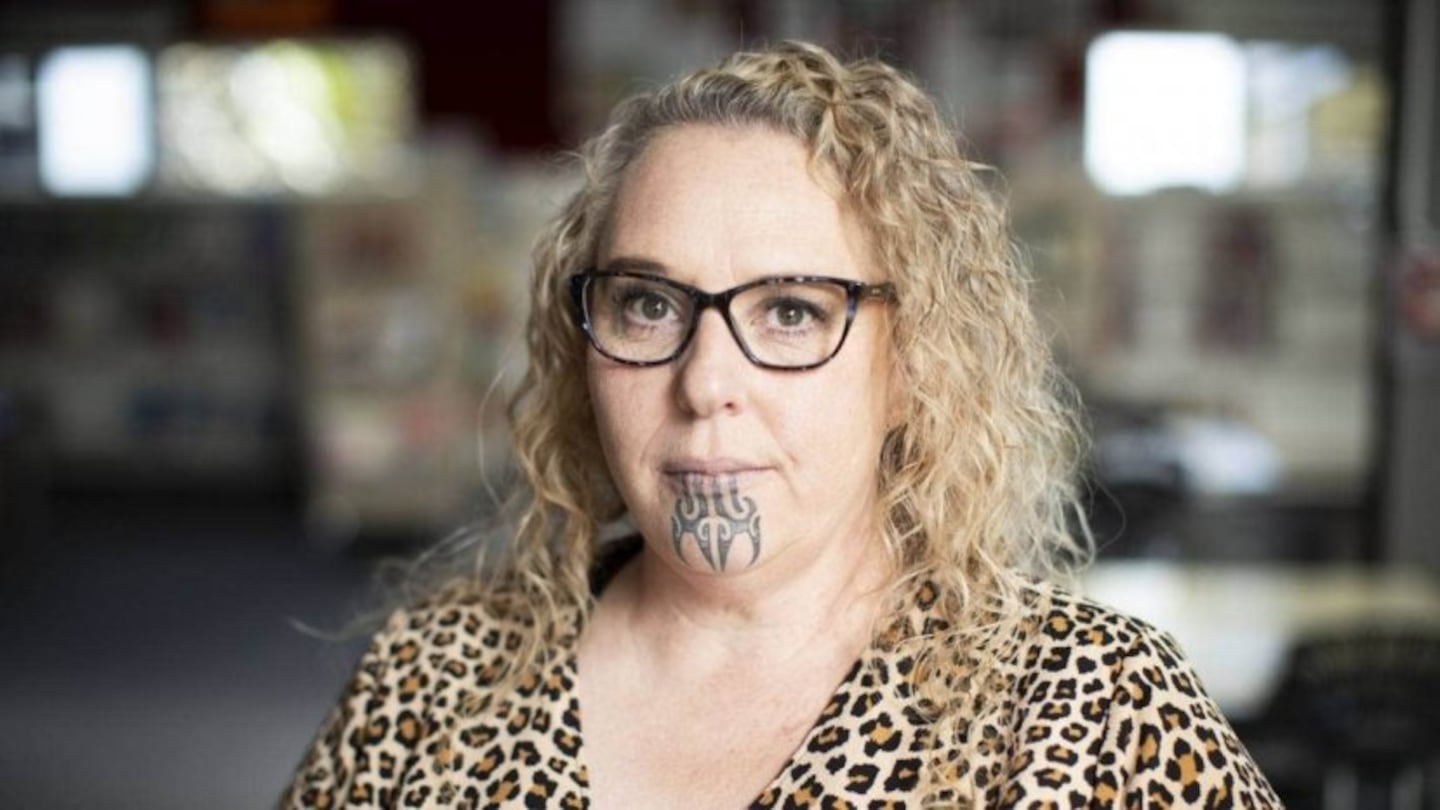Tumuaki Haley Milne doesn’t bother trying to find external relief teachers when she needs cover at Kia Aroha College. Photo / Chris McKeen / Stuff
Māori medium schools are being hit the hardest by the drop in relief teachers, according to those at the coalface.
Relief teacher numbers in New Zealand are lower than at nearly any time in the last 20 years.
It was only during Covid-19’s peak in 2020 and 2021 that there were fewer relief teachers.
There were 9211 relief teachers in 2022, down from 12,231 in 2011, when numbers peaked.
Some schools have been booking out relievers for terms at a time to have cover when they need it.
Those not able to get cover have been rostering students to go home or doubling up classes.
The problem is even more keenly felt in Māori medium schools – where classes are taught in te reo at least 51% of the time – as the pool of viable relievers is even smaller.
Of the 9211 relief teachers, only 133 taught in Māori medium schools in 2022, according to the Ministry of Education.
According to the data provided by the ministry, there is one day reliever to about every 10 teachers in Māori medium education.
That ratio drops to one in seven for English medium and mixed medium schools.
But that number doesn’t reflect whether those teachers speak or are able to teach in te reo.

NZEI Te Riu Roa president Mark Potter says Māori medium schools are being hit hardest by the dearth of relief teachers. Photo / Rosa Woods / Stuff
“I don’t use relievers, because the ones we need basically don’t exist,” Kia Aroha College principal Haley Milne said.
Her school is in the heart of south Auckland’s Clover Park, and has streams where students learn in Māori, Samoan or Tongan.
Milne said she has given up on trying to find relievers.
She either finds cover from within the school or, in some circumstances, sends students home.
She said teaching at Kia Aroha requires a specific set of skills, which are already scarce so finding them among a relieving pool isn’t worth the effort of looking.
“I like to say that if we were talking about an English-speaking school, would it be suitable for someone who spoke only French to come in and supervise and teach the kids for a whole day?”
New Zealand Educational Institute Te Riu Roa president Mark Potter agreed the problem was especially dire, and he couldn’t “see a plan [from the government] that will actually reverse it at the moment”.
But Ministry of Education workforce leader Anna Welanyk said it was important to note relief teachers able to teach in te reo might not be limited to those who do relief teaching in Māori medium schools.
And those in English medium schools might have the ability to teach in te reo, she said.
Welanyk said increasing the number of te reo Māori teachers was a priority and there were a number of initiatives in place to recruit and train them.
- Stuff


